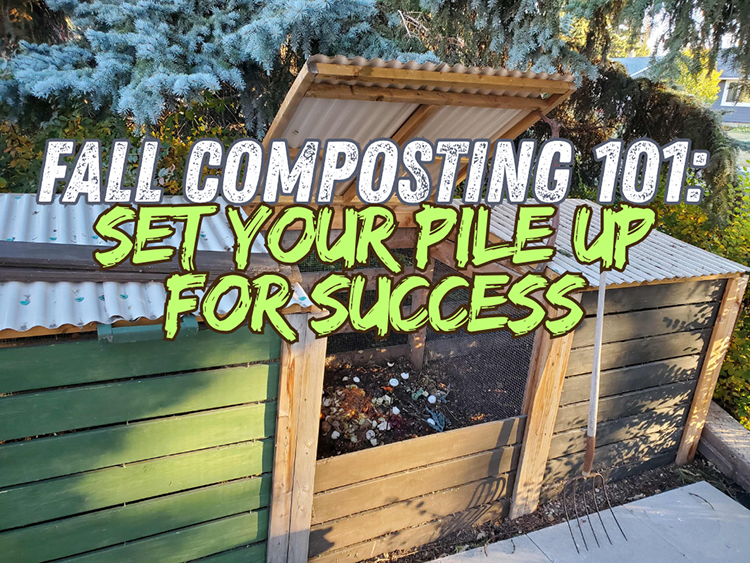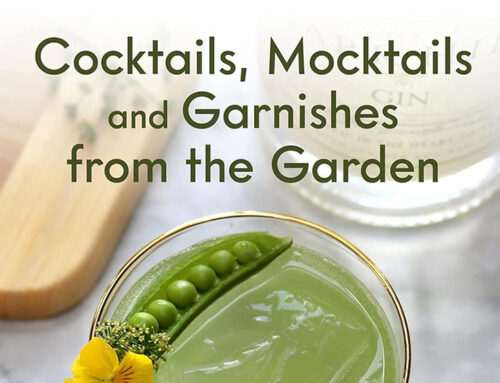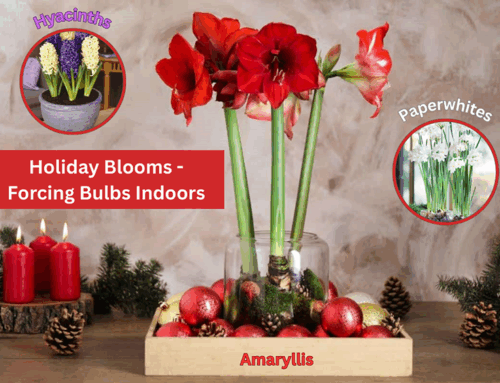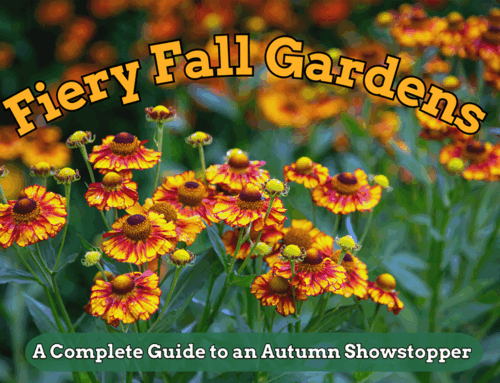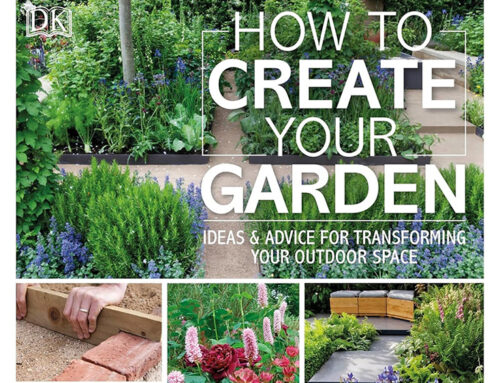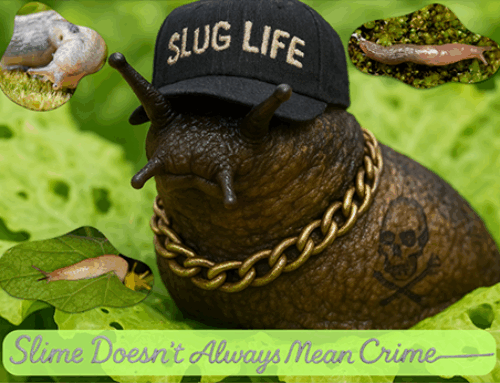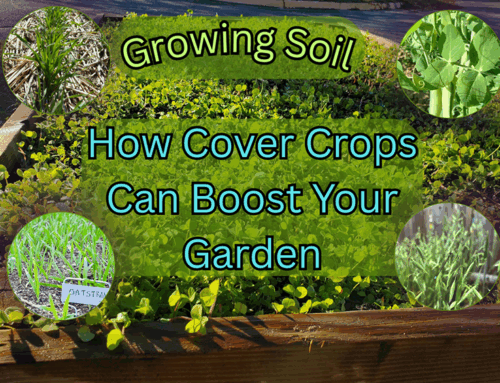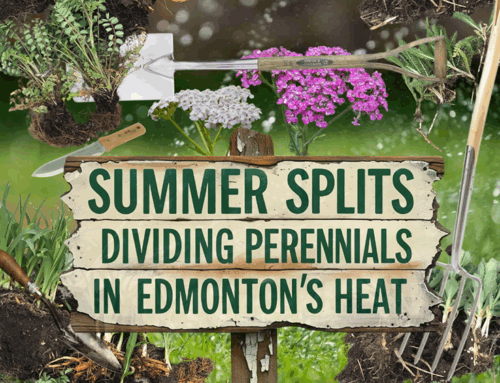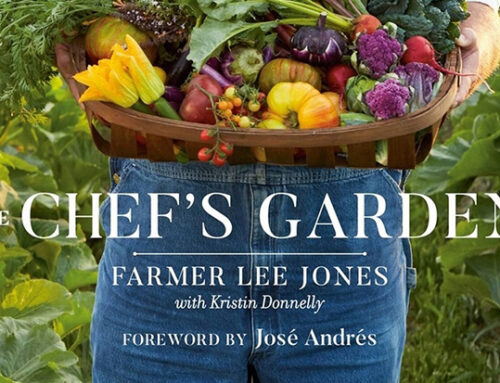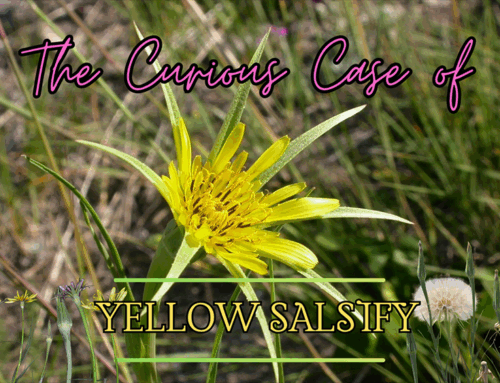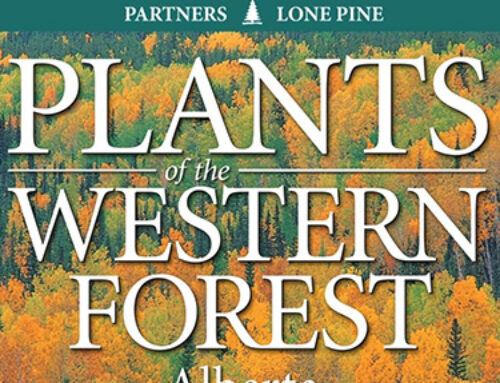Fall Composting 101: Set Your Pile Up for Success
by Brett Kerley
Fall is one of the most productive seasons for composting in Edmonton — and it’s your last big chance to feed the soil before everything freezes solid. With yards full of leaves, gardens coming out, and kitchen scraps still rolling in, you’ve got the perfect ingredients for next year’s “black gold.”
Done right, fall composting means you’ll have a warm, active pile that works right into early winter — and a jump-started process ready to finish in spring.
Why Compost in Fall?
- Leaves are plentiful — the perfect carbon source. If you don’t have enough leaves then ask your neighbours if you can take their bagged leaves. Remember to check when Fall Yard Waste Collection is so you don’t miss out!
- Garden cleanup produces greens — stems, spent annuals, veggie vines.
- Cool weather means fewer smells and pests.
- Winter’s freeze-thaw cycles help break down materials.
- You get a head start — by spring, you’re halfway to finished compost.
Balancing Browns and Greens
Compost is all about the right mix of carbon (browns) and nitrogen (greens). These are the fuel that microbes need to do their work. Fall gives you both, but it’s easy to overdo the browns and end up with a slow, cold pile. You also need to pay attention to water and air. A dry pile breaks down more slowly, and no air means anaerobic decomposition, leading to bad smells.
Browns (Carbon): Dry leaves (shredded are best), straw, corn stalks (chopped up), shredded cardboard and paper, untreated wood chips.
Greens (Nitrogen): Fresh grass clippings, vegetable garden trimmings, coffee grounds and filters, kitchen scraps, spent annual plants.
Target Ratio: 3 parts browns : 1 part greens by volume.
- If your pile smells sour → add more browns and turn it.
- If your pile isn’t heating up → add more greens and/or water, and turn it.
Edmonton Tip: Most lawns stop producing clippings by late September. Save some in a bag for October or November to balance all those leaves.
Chop and Shred for Faster Results
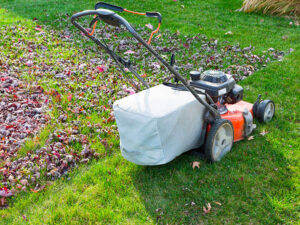 Large pieces take longer to break down. To speed things up:
Large pieces take longer to break down. To speed things up:
- Mow leaves with a mulching mower before adding them.
- Cut up stalks (sunflowers, corn) with pruners or loppers or put them through a shredder.
- Shred cardboard into small pieces — whole boxes take forever.
The smaller the pieces, the faster microbes can go to work.
Moisture Management Until Freeze-Up
Microbes need water to survive — but not too much.
- Ideal Moisture: Your compost should feel like a wrung-out sponge.
- Too Dry: Sprinkle with a hose or watering can as you layer.
- Too Wet: Add shredded leaves or straw and turn it to improve air flow.
Edmonton Tip: Fall can be wet, but October and November are often dry. Check your pile before freeze-up — water it if it’s dusty so it doesn’t sit dormant all winter.
Jumpstarting Decomposition for Spring
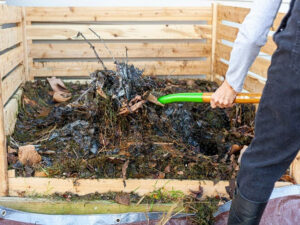 If you want rich compost by planting time:
If you want rich compost by planting time:
- Build a Big Pile: At least 3’ x 3’ x 3’. Large piles stay warmer longer.
- Turn Before Snow: Aerate and mix to activate microbial activity.
- Insulate: Cover with a tarp, old carpet, or a thick leaf layer to hold heat and keep snow from compacting the pile.
- Seed with Microbes: Add a shovel of finished compost or garden soil.
By spring, you’ll have a warm pile that can be turned and finished in weeks.
Helpful Composting Tools
| Tools | Why it Helps |
|---|---|
| Compost Bin or Tumbler | Keeps the pile tidy, retains heat, deters critters. Tumblers make turning effortless — perfect in tight urban yards. We have instructions for building your own three bin composter here. |
| Garden Fork or Compost Aerator | Lets you turn and fluff the pile to keep it oxygenated. |
| Mulching Mower / Leaf Shredder | Cuts leaves into small pieces, speeding decomposition dramatically. |
| Moisture Meter | No guessing — tells you if your pile is too dry or wet. |
| Wheelbarrow / Cart | Makes it easy to transport ingredients and finished compost. |
| Compost Thermometer | Lets you track the “hot phase” of composting — aim for 55–65 °C (130–150 °F) to kill weed seeds and pathogens. |
You don’t absolutely need any of these, but they’ll make your composting easier and more efficient!
Local Tip: Many Edmonton garden centres (Apache Seeds, Salisbury, or even Canadian Tire or Home Hardware) carry compost bins and tumblers in fall at discounted prices. Call before you go!
What to Avoid
Steer clear of materials that will cause trouble:
- Diseased plants (can overwinter and spread next year)
- Weed seeds (unless you know your pile gets hot enough to kill them)
- Meat, dairy, or greasy food scraps (pest magnets)
- Treated wood chips or glossy printed paper
Winter Magic: Let Nature Help!
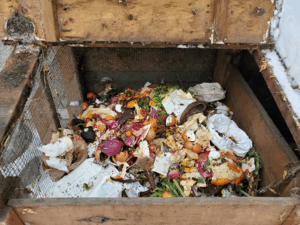
Winter compost
Once your pile freezes, decomposition slows down, but winter isn’t wasted time.
- Freeze-Thaw Cycles break down cell walls.
- Snow Insulation keeps the core from getting bone cold.
- Spring Thaw wakes up microbes fast — just turn and add water.
By mid-spring, you should have a warm, earthy-smelling pile ready to screen and spread in your garden beds. If it’s not fully broken down, just use it as a mulch — it will continue to decompose in place.
Closing Thoughts
Fall composting is like putting money in the bank — you won’t see the payoff until next year, but when you do, your soil will be richer, your plants healthier, and your garden more resilient.
Here’s to turning autumn leaves into next year’s lush garden harvest — one compost pile at a time!

